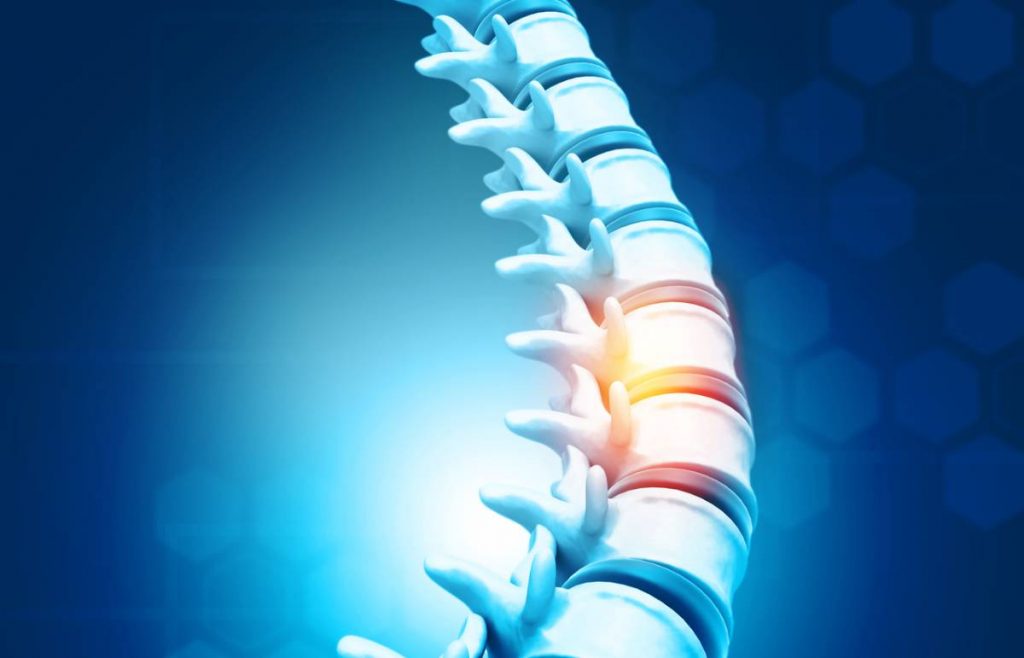Your spinal cord is the central line of your nervous system, helping to connect your brain with the rest of your body. As a result, any physical condition that affects the spinal cord can cause far-reaching consequences. Let’s look at common spinal cord problems.
Common Spinal Cord Problems
In addition to causing pain, the most common spinal cord problems can cause muscle weakness, spasms, needle-like sensations, and numbness. These sensations are usually most noticeable in the limbs, so if you’re beginning to experience symptoms of a spinal cord condition, then you should contact your doctor immediately.
While there are many different conditions that have the ability to affect the spinal cord, these are some of the most common options that your doctor will rule out during the diagnostic process.
Tumor
A tumor is never a preferred diagnosis. Fortunately, there are many other spinal conditions that are far more likely than cancer if you’re just beginning to experience symptoms. Even if your doctor does suspect that a tumor may be putting pressure on the spinal cord, the diagnostic process is relatively simple, and there are treatments available.
Spinal Stenosis
As you age, the spine can compress, leaving less space for the spinal cord inside. This is called spinal stenosis, and it’s a relatively common condition in people over the age of 50. It is most often identified in the cervical and lumbar regions. Fortunately, anti-inflammatories and physical therapy are usually enough to provide relief.
Herniated Disc
Your spinal discs are the rubbery pieces that cushion the spaces between the vertebrae. To put it simplistically, these discs have inner layers and outer layers. A herniated disc is a disc that has been damaged to the point where the inner layer is pushing out through the exterior layer. In some cases there are no symptoms, but the pressure of the herniated disc can affect nearby nerves.
Abscess
Abscesses occur as a result of infection. An abscess is essentially a bubble of pus, and they can form virtually anywhere in or on the body. If you develop an abscess along your spine, it can put pressure on nerve endings, resulting in the symptoms of a spinal cord problem.
Hematoma
Like an abscess, a hematoma doesn’t have to be directly related to a problem with the spinal cord to cause problems. Hematomas typically form as a result of injury. They are an area of pooled blood that clotted before it could be properly redistributed through the body. A hematoma near your spine could exert pressure on the nerves attached to the spinal cord, causing your symptoms.
Vertebral Fracture
Vertebral fractures are far from the most common cause of spinal cord issues, but they do occur more often than anyone would like. A break in even one vertebra could expose the spinal cord to pressure and direct harm. The prognosis for a vertebral fracture can vary significantly based on placement and severity.
Degenerative Disc Disease
Like spinal stenosis, degenerative disc disease is usually the product of wear and tear on the body. In this case, those same protective discs that separate the vertebrae start to break down. This disease is progressive. Over time the discs will provide less cushion. This causes the vertebrae to rub together and put additional pressure on the spinal cord as well as the attached nerves.
Getting Treatment for Spinal Cord Problems
If you or a loved one is exhibiting classic signs of a spinal cord injury, then you need to meet with your doctor and schedule a consultation with the OC Pain Clinic. Based on your diagnosis, treatment plan, and immediate needs, you can develop a pain management strategy that will provide comfort and support throughout this process.
To learn more about spinal cord stimulation in Orange County and other pain management techniques for spinal cord issues, contact the team at OC Pain Clinic.


